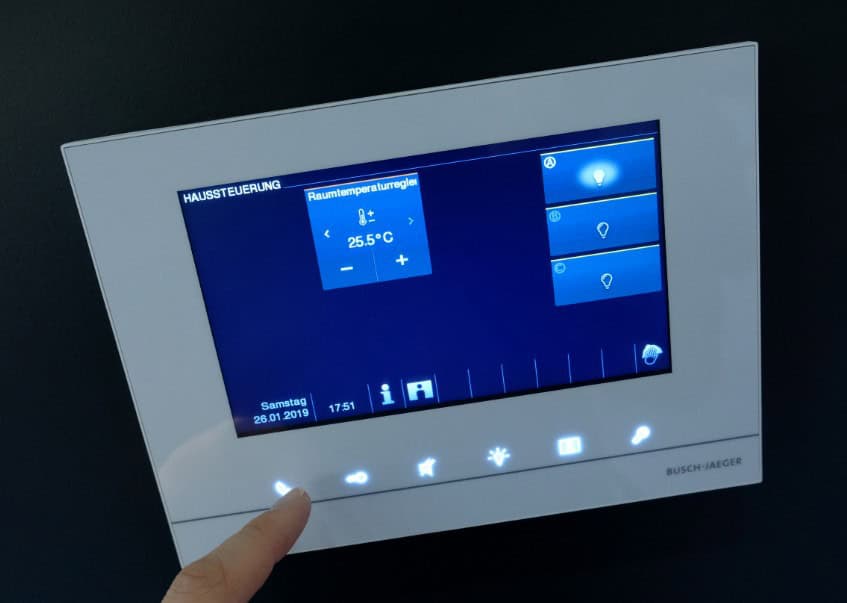Some of the tech industry’s biggest companies have major plans for the fast-growing smart home market.
Last month, Apple, Amazon, Google, and the Zigbee Alliance, which represents companies including IKEA and Samsung, announced a push to develop a standard for Internet-connected smart home devices so that they can interoperate. Today, one company’s products are often unable to connect with another’s, creating hassles for customers.
“If smart lighting can’t easily connect to door or motion sensors, or security cameras can’t communicate with smart locks, smart home adoption will slow, if not come to a screeching halt,” says Jack Narcotta, a senior industry analyst at Strategy Analytics. “Companies have done a much better job recently of streamlining initial setup of their devices. What has really given consumers fits and frustration is getting devices from different brands to work with one another.”
The alliance comes at a time of big growth for the smart home industry. In 2015, only 6 million U.S households had smart home devices, according to Forrester Research. Last year, the number had grown to 25 million.
Current leading ecosystems include Amazon’s Alexa, Google’s Home, Apple’s HomeKit, and Samsung’s SmartThings. Although competitors, they have a common goal in creating a standard—to sell more products.
“I believe Amazon, Apple, Google, and Zigbee Alliance member companies realize that for the smart home to evolve into the intelligent home—bringing new devices and services for consumers to purchase along with that evolution—a common language needs to be created,” Narcotta says.
When big companies ally themselves, smaller companies inevitably fear being pushed out. But Forrester Research vice president and principal analyst Thomas Husson says the standard will benefit smaller companies by making it easier for them to build smart home products for niche markets.
“There are many different use cases and different sub-markets whether you look at smart energy, security, healthcare,” Husson says. “So there is no reason why smaller and innovative brands cannot establish credibility especially on some market niches.”
Ovum analyst Ronan De Renesse agrees that there are opportunities for small makers of smart home products, but he cautions that a new standard would reduce costs for all companies because they wouldn’t need to develop products for multiple ecosystems. That would lower barriers to entry, creating even more competition, driving prices lower, and ultimately putting more pressure on smaller companies that lack the deep pockets of tech heavyweights.
“There will be room for small vendors to co-exist in this segment,” De Renesse says. “But competition will be fierce, and prices will fall rapidly which puts a big question mark on profitability.”
A big topic at CES
The alliance’s plans promise to color some of the discussion at CES, the annual tech trade show that kicks off in Las Vegas on January 7. Smart home devices, including smart thermostats, cameras, and doorbells, will play a big role at the event.
Smart home device makers will need to talk to retailers to sell their products about the impact of the new alliance, along with the press, Narcotta says. Of course, they’ll also have to discuss what it means for consumers.
Looking ahead
The biggest question surrounding the standard, however, is when it will be ready, if ever. Considering all the different corporate agendas involved, reaching an agreement won’t be easy.
For example, companies will have to debate costs and privacy related to sharing data across devices.
“It will take at least another 12 to 18 months before we see the first commercial products based on such a potential standard,” Husson says.
So, where does that leave consumers? Possibly confused, given the lag time before any standard kicks in.
“There is nothing consumers can do between now and then besides continuing to check the product specifications and ask advice in store or online to make sure the product they want to buy works with their current set-up,” De Renesse says.
But even with that, analysts say that consumers shouldn’t hold off on buying smart home products. Some of today’s products are still worthwhile, and products from companies in the alliance won’t be obsolete even after the standard is developed.
“There’s no reason for consumers to delay or hold off purchasing devices,” Narcotta says.

